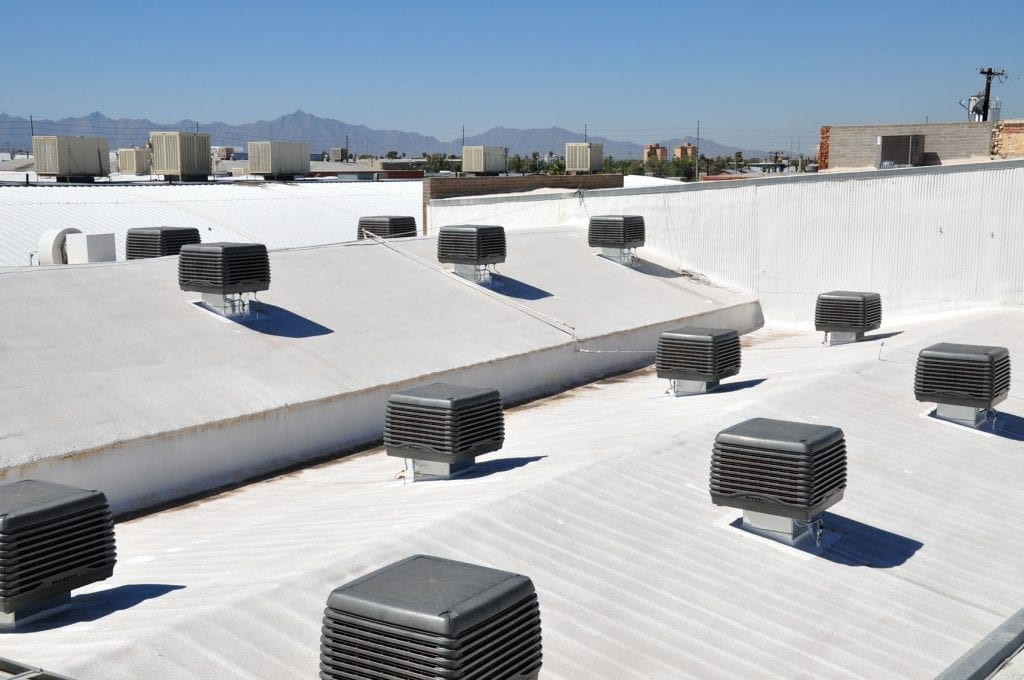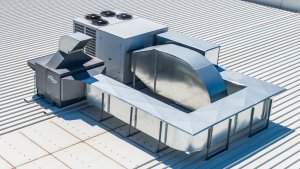Adiabatic cooler and NET zero goals: the UK situation
- Europe
- Commercial
- Sustainability, Cooling
Last year the country became the first major economy in the world to pass laws to end its contribution to global warming by 2050. An adiabatic cooler is a machine that can cool the air using only water and electricity. With significantly reducing CO2 emissions, can these devices contribute to bringing gas emissions to net zero by 2050?
Gas emissions reduction is becoming more and more of a “hot topic” in the whole continent. Specifically in the UK, last June became the first major economy in the world to pass laws to end its contribution to global warming by 2050. The previous target called for a reduction by 80% compared to 1990 data. Now, the global warming is a fact. Consequently, there is an additional call for industries to reduce carbon emissions, in order to reach level 0 in less than 30 years.
Air conditioning is one of the main contributors to global warming. Experts expect electricity demand from residential and commercial air conditioning to increase by more than 140% by 2050. This increase is comparable to adding the European Union’s entire electricity consumption. (source: The Economic Times).

In this scenario, adiabatic cooling can play an important role in reducing carbon emissions. An adiabatic cooler only needs water to run, instead of chemical refrigerants that deplete the ozone layer. Moreover it only uses a fraction of the energy compared to traditional air conditioning systems. Recent studies by Seeley International confirm that an adiabatic cooler model Breezair TBSI 580 (for more information you can visit this link) can produce up to 87% less carbon emissions. This figure is comparing the evaporative (or adiabatic cooler) to a refrigerated system performing the same duty in an industrial building.
In fact, the Breezair model will only consume up to 1500 Watts. This is very low energy consumption. Also consider that we are talking about an industrial cooler and not a small portable unit. An adiabatic cooler is ideal for commercial and industrial applications, providing a fresh breeze from outside.
If you would like to have more information on Seeley International’s technologies, visit our YouTube channel.


